BIEDERMEIER: Original and unique style
The Biedermeier furniture style is inspired by the French Empire style with modification by incorporating local German traditions particularly old peasant furniture. It is simple and elegant, consisting of clean smooth lines and honest, functional form. The pieces are generally designed on a small scale with graceful and elegant forms, devoid of unnecessary embellishment. Biedermeier furniture craftsman eschewed most forms of ornament, preferring simplicity. When there is ornamentation such as carving there is little detail in the work, although by around 1830 more detailed carving became prevalent. The main decorative motifs employed by the Biedermeier era craftsmen included simple forms of swans, sphinx, dolphins, lion paws, acanthus, lyres, and garlands. Early pieces were traditionally crafted from dark mahogany woods with a tendency towards Empire styling. In later years, Biedermeier furniture was generally fashioned from lighter woods such as birch, grained ash, pear and cherry, and exhibited a clearly more whimsical styling. In the middle class homes the furniture was designed according to the uses of day to day activities like writing, sewing and music-each characterized by different furniture, and quite deliberately separated from the others. This furniture was placed in the same living room in different corners or even the same furniture had a multi use, this concept created the Wohninsel, or the ‘living island’.
Prior to 1830, mahogany appeared in Biedermeier furniture and gradually replaced walnut. The adoption of this imported wood, which was often given a light finish, caused some craftsmen to apply matching stains and finishes to pieces made in walnut, pear wood, and Hungarian ‘watered’ ash. The Viennese craftsmen no longer relied on the French, German and Italian designers for inspiration. Native products based upon Directoire and Empire designs were highly original, showing a good understanding of form, balance and the use of ornament in gilded bronze. Local timber was used for economy, especially walnut veneer over a soft wood frame. Inlay served as the main decorative element, featuring the patterned graining of walnut and often reduced to a light-colored border. Sometimes, craftsmen used black poplar or bird’s eye maple and colored woods such as cherry and pear became popular. Cabinetmakers decorated their furniture with black or gold paint, and often employed less expensive stamped brass wreaths and festoons rather than bronze for decorative effect and gilded wooden stars instead of the elaborate metal ornaments of the Empire style. Sometimes, they chose cheaper, new materials such as pressed paper. The Biedermeier era produced a wealth of different types of seating, with a myriad of variations on the basic scheme of four legs, a seat, and a back. From 1815-1835, Biedermeier craftsmen discovered that a chair could be given literally hundreds of different shapes. Upholsterers padded their creations with horse-hair and covered them with brightly colored velvet and calico. Pleated fabrics covered furniture, walls, ceilings, and alcoves. By the 1840s the Biedermeier style became romanticizedstraight lines became curved and serpentine; simple surfaces became more and more embellished beyond the natural materials; humanistic form became more fantastic; and textures became experimental.


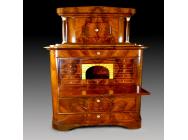
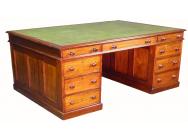
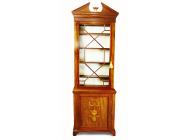
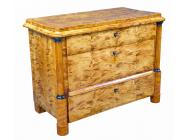
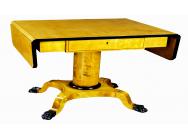
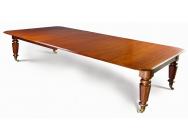
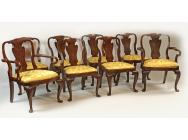
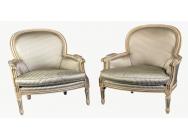
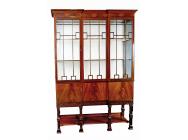
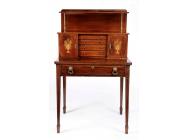
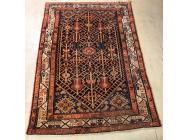
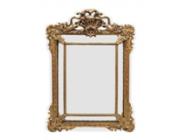
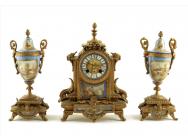
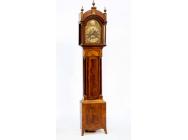
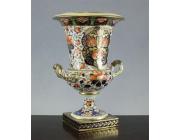
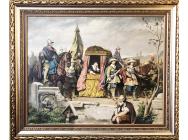


This web site truly has all of the info I needed concerning this subject and didn’t know who to ask.